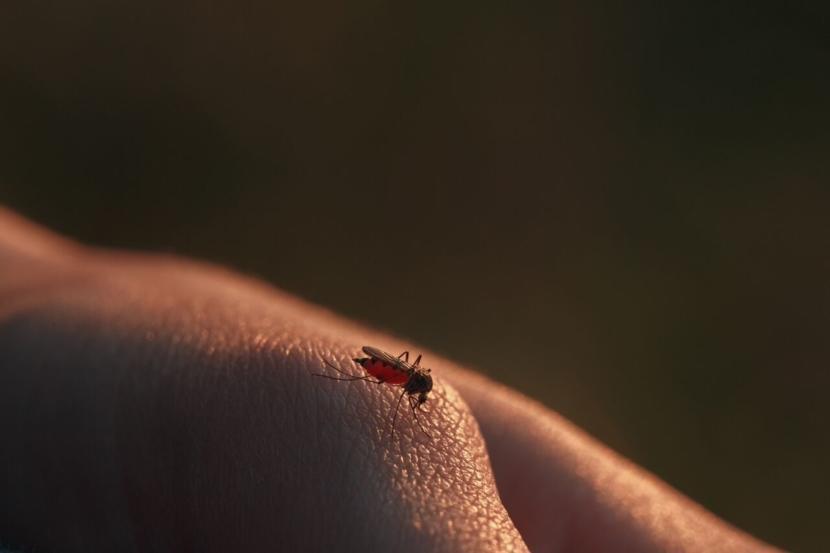How Does Dengue Fever Spread?
How the Aedes Mosquito becomes the chief carrier and transmitter of this dreaded disease

Dengue Fever is Caused by a Virus
Dengue fever is a viral disease common to tropical and subtropical countries where the weather is hot and humid for long stretches of the year. There are four strains of the virus - all belonging to the same family - that infect humans with dengue fever. A fifth strain was discovered in 2013 by researchers on the lookout for a dengue vaccine.
The Dengue Virus is Infectious but not Contagious
Viral diseases like influenza and the common cold are contagious by nature and are transmitted by inhaling contaminated air or by personal contact with the infected persons and objects. The dengue virus infects people in a different ways. The dengue virus is not contagious and spreads only through hosts and vectors. You can catch a cold by sharing the same room with an infected person. But to contract dengue infection, the virus needs to be transmitted via an infected party.
The Dengue Virus Needs a Host and Vector for Spreading the Disease
A host is an already infected rodent, primate, marsupial or human. In such a host there are large quantities of dengue viruses in the circulatory system. The vector is usually a mosquito that bites an infected person and carries the virus in its salivary gland without getting infected itself. The vector transmits the virus when it bites a healthy person in the act of sucking blood.
The Female Aedes Aegypti Mosquito is the Most Common Carrier of the Dengue Virus
Commonly, the female version of the Aedes Aegypti mosquito acts as the carrier and transmitter of the dengue virus. To a lesser extent the Aedes Albopictus also transmits dengue fever. Over the decades, the Aedes mosquito has learned to adapt itself skillfully to an ever changing environment. From the hot and humid jungles of the tropical countries to the warmer temperate countries, and from there onwards to the colder climes, it has been a journey that has now established Aedes in more than 100 nations all over the globe.
There are 5 Crucial Factors that Enable the Spread of Dengue Fever Through the Aedes Mosquito
1. The Aedes Mosquito is Closely Associated with Human Communities
Aedes has moved on from the jungles of the tropics to establish a base in human communities, especially urban and semi-urban clusters. The reason is simple. Humans are its only food source offering an unending supply of blood meals.
2. The Aedes Mosquito Breeds in the Vicinity of its Prey
The Aedes is comfortable breeding in fresh water, especially in pools of water that collect in potted plants, the depressions of old tires, and hollows of tree trunks. Breeding spots are usually located no more than a hundred meters away from human habitation. That way, young adults that hatch are very near their food source.
3. Aedes Larvae Can Survive Inclement Weather for Long Periods
The early growth cycle of the Aedes larva is robust and strong. The infected larvae are known to hibernate for an entire year, waiting for favorable weather. In this manner, the dengue virus survives in its vector for longer periods.
4. Aedes Larvae Can Accelerate Their Growth Cycle
With the onset of warm weather, we notice swarms of mosquitos. This can be attributed to the accelerated growth cycle of Aedes larvae that hatch young adults quickly to make full use of ideal conditions.
5. The Aedes Mosquito Attacks its Prey Intelligently
Decades of close association with humans has made the Aedes mosquito adapt in brilliant ways. Unlike other species of mosquitos, the Aedes has managed to reduce the noise associated with its wing beat, so its stealthy approach cannot be detected by the human ear. The Aedes also chooses to attack humans from below, mostly through the feet and ankles. It moves quickly, too fast for humans to respond on time.








